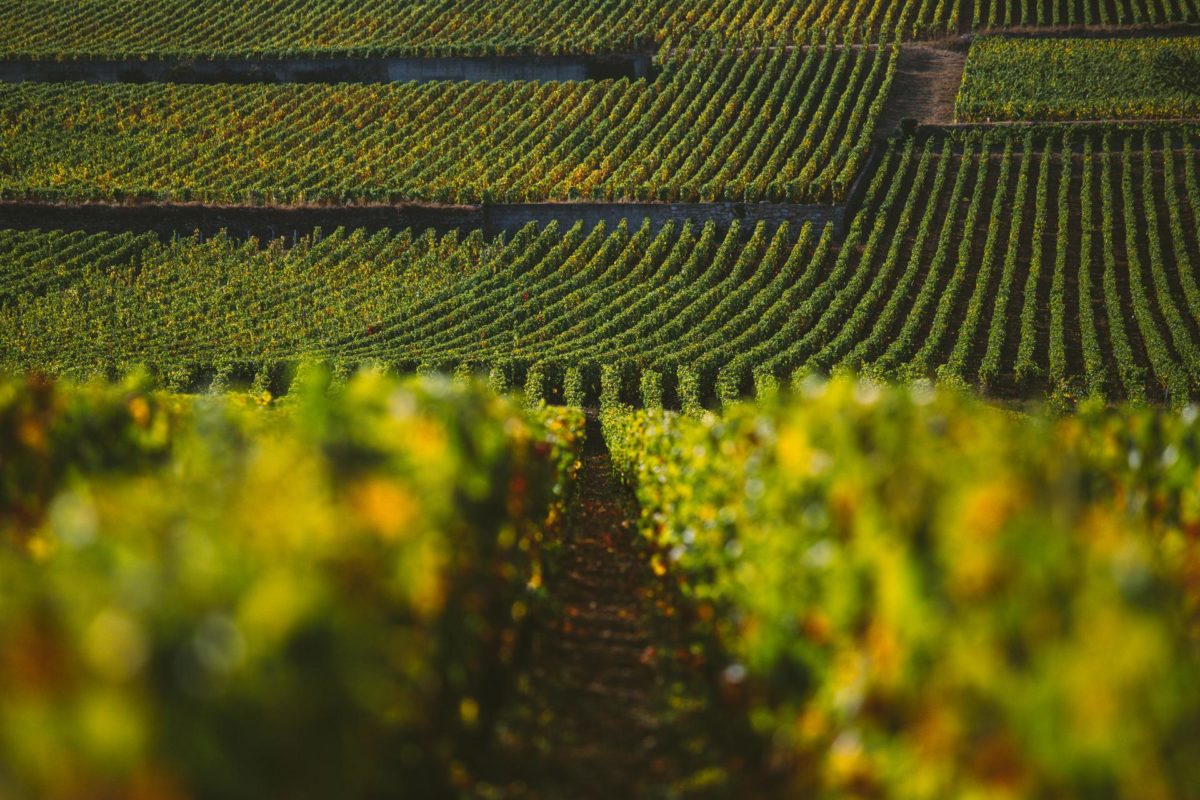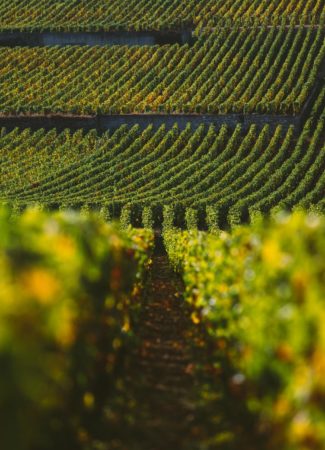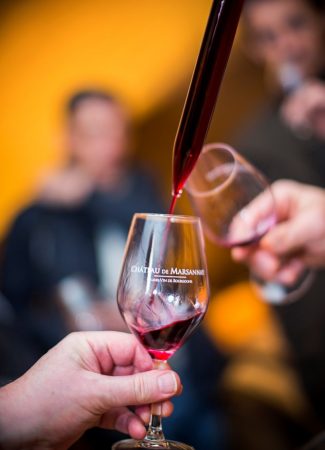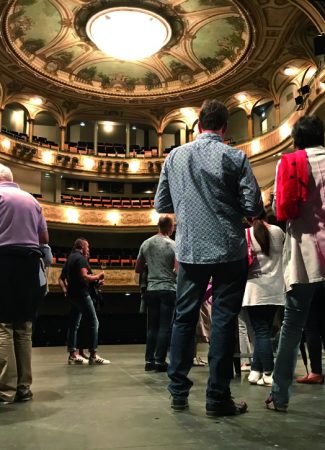Beaune takes most of the credit for the global reputation of Burgundy wines, but Dijon also boasts a wealth of winegrowing history, as you can tell from the local architecture. The listing of the Burgundy vineyard Climates as UNESCO World Heritage is a recognition of the influence of current winegrowing practices around Dijon and Beaune.
The golden age of Dijon wines
Dijon’s vineyard dates right back to the 14th century when it was cultivated on the hillsides around Chenôve and Marsannay-la-Côte. Up until the 18th century, the Marcs d’Or, Champs-Perdrix and Hameaux de Larrey wines put up a strong resistance to the great white wines of Meursault. The production of Grand Cru wines flourished on the slopes of Dijon until the end of the 19th century, with the vineyard covering over a thousand hectares. Vines were grown everywhere, until urbanisation put an end to that golden era. The people of Dijon are reminded of this prestigious past at Place François Rude, where the statue of a grape picker stands on top of the fountain.
Rebirth of the Dijon vineyard
The vineyard is now enjoying a true revival with the plantation of new vine stock on the Dijon hills. Two and a half hectares are to be set aside for the Pinot Noir and Chardonnay Conservatory with the aim of determining which vines will cope best with climate change.
Domaine de la Cras
In 2013, Dijon Métropole purchased Domaine de La Cras, a plateau within the Burgundy Appellation d’Origine Contrôlée (the protected designation of origin, AOC Bourgogne). The parcels of La Cras offer remarkable conditions for vine cultivation: stony, very chalky soils that drain well, full southern exposure and an elevation of around 400 metres, similar to that of the Hautes Côtes-de-Nuits vineyard. Marc Soyard grows chardonnay and pinot noir on this 8-hectare estate, producing Burgundy AOC wines in red, white and rosé.

Vineyards of the Metropolitan area
Dijon Métropole plans to replant 50 hectares of vines out of the 300 hectares listed under the Burgundy AOC. The AOC includes four main vineyards: La Cras, Montrecul, Les Marcs-d’Or and Rente Giron. The Marsannay-la-Côte vineyard, which covers 600 hectares, carries an appellation of its own.
Discover the Burgundy climates
Of all the winegrowing regions of France, Burgundy is the one with the highest number of protected designations of origin. These AOCs are split into four categories of which the vineyard designations, known as “climates” are the most prestigious.
While the reputation of Burgundy wines lies mainly with the Côte de Nuits and Côte de Beaune vineyards, Dijon Métropole intends to lend prestige to the “Côte de Dijon” wines to help them join the other Grand Crus.
Vineyard excursions
Enjoy a day out in the Burgundy vineyards, exploring the winegrowing landscape in all its diversity. Several agencies specialise in wine tourism and propose a number of accompanied tours from Dijon that take small groups to visit the wine estates and taste the wines.
Visit the wine cellars
Wine enthusiasts can visit the wine cellars. A tour of Château de Marsannay with its Cistercian vaulted cellars reveals the history of the Burgundy Climates. Not forgetting the prestigious estate in Côtes de Nuit, Domaine de Grevey-Chambertin, or Château de Meursault where the cellars contain 800,000 bottles.
Wine tasting tour of Dijon
An introduction to Burgundy wine tasting with our oenology workshops. In Dijon, the weekly “Wine Thursdays” propose the fine wines of Burgundy in a tasting session at a mysteriously atypical venue. To find out all there is to know about the wines of Dijon, don’t miss the guided tour organised by the tourist office, “Dijon, land of Burgundy wines”. The tour ends with a tasting session in a 16th-century cellar.







